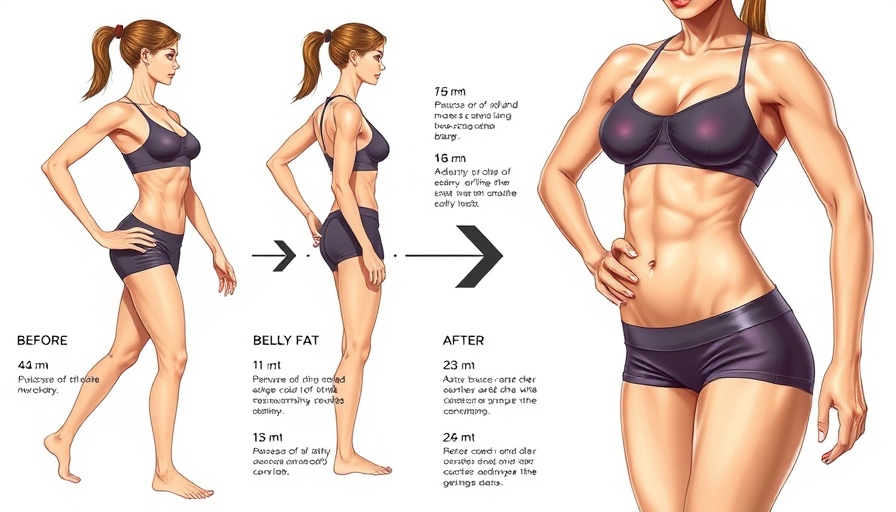
Unlock Your Athletic Potential: Why You Need to Train Your Abductor and Adductor Muscles
In the world of fitness, one often neglected aspect is the training of the abductor and adductor muscles. If you’re walking into a gym and heading towards the heavy weights without considering these essential muscle groups, you might be missing out on advancing your performance and preventing injuries. Let’s explore why incorporating specific exercises for these muscles can complement your lifting or athletic training.
Understanding Abductors and Adductors: The Basics
The adductors are located on your inner thighs and are primarily responsible for drawing your legs toward the center of your body. They are crucial for stability during dynamic movements like jumping or sprinting. Conversely, the abductors, found on your outer thighs, move your legs away from the body's midline. This action is essential not just for athletes but also for everyday activities, such as stepping out of a car or even getting up from a chair.
The Importance of Incorporating Abductor and Adductor Training
Many individuals often overlook these crucial muscle groups in their training routines. Yet, neglecting the abductors and adductors can lead to muscle imbalances and increase the risk of injury. Training these muscles enhances your balance, agility, and overall strength. A study highlighted in various sources states that a healthy muscle balance between the abductors and adductors is vital; ideally, adductors should possess at least 80% of the strength of abductors to prevent injury.
Benefits of Stronger Abductor and Adductor Muscles
Investing time in strengthening your abductors and adductors not only helps mitigate injury risks but also improves your performance in compound lifts such as squats and deadlifts. These muscles act as stabilizers, aiding in maintaining proper form during heavy lifts. Moreover, enhancing the strength and flexibility of these muscles can lead to improved posture and decreased lower back pain, which often stems from weak hip musculature.
Simple Exercises You Can Do Without Machines
You don't need fancy equipment to train your abductors and adductors effectively. Here are some simple yet potent exercises:
Wide Stance Squats: This exercise targets the inner thighs effectively. Start slow, bending your knees and lowering your thighs to at least a 45-degree angle before gradually building up to 90 degrees.
Side Lying Leg Raises: A bodyweight exercise ideal for beginners. Lie on your side and lift the bottom leg to work the adductors.
Clamshells: This beginner-level exercise strengthens the gluteus medius, helping target the abductors.
Lateral Lunges: Perfect for warming up, this move engages both abductors and adductors as you step to the side.
Practical Insights for Fitness Enthusiasts
Incorporating patterns that promote lateral movement can significantly distinguish performance and strength. Engaging in exercises that involve abduction and adduction keeps the body agile and responsive, essential attributes in any sport. Additionally, adding these exercises to your warm-up routine or as a finisher in your workout can prevent soreness and improve muscle efficiency.
Future Trends in Fitness Training: The Focus on Lateral Movement
As the fitness landscape continues to evolve, there is an increasing focus on the importance of balance and functionality in training. Exercise routines that promote lateral movement—such as side shuffles and lateral lunges—will become increasingly emphasized as professionals continue to advocate for a well-rounded approach to fitness that addresses common areas of neglect.
Conclusion: Prioritize Your Abductors and Adductors Today
So the next time you’re in the gym pondering which exercises to perform, don’t forget about your abductors and adductors. Prioritizing strength and flexibility in these muscle groups will not only enhance your athletic performance but also promote overall health and injury prevention.
For tailored advice or to get started on an effective training program, consider speaking with a local fitness trainer at your nearest gym. They can help design a routine that meets your specific goals and helps you incorporate these essential exercises effectively.
 Add Row
Add Row  Add
Add 




Write A Comment